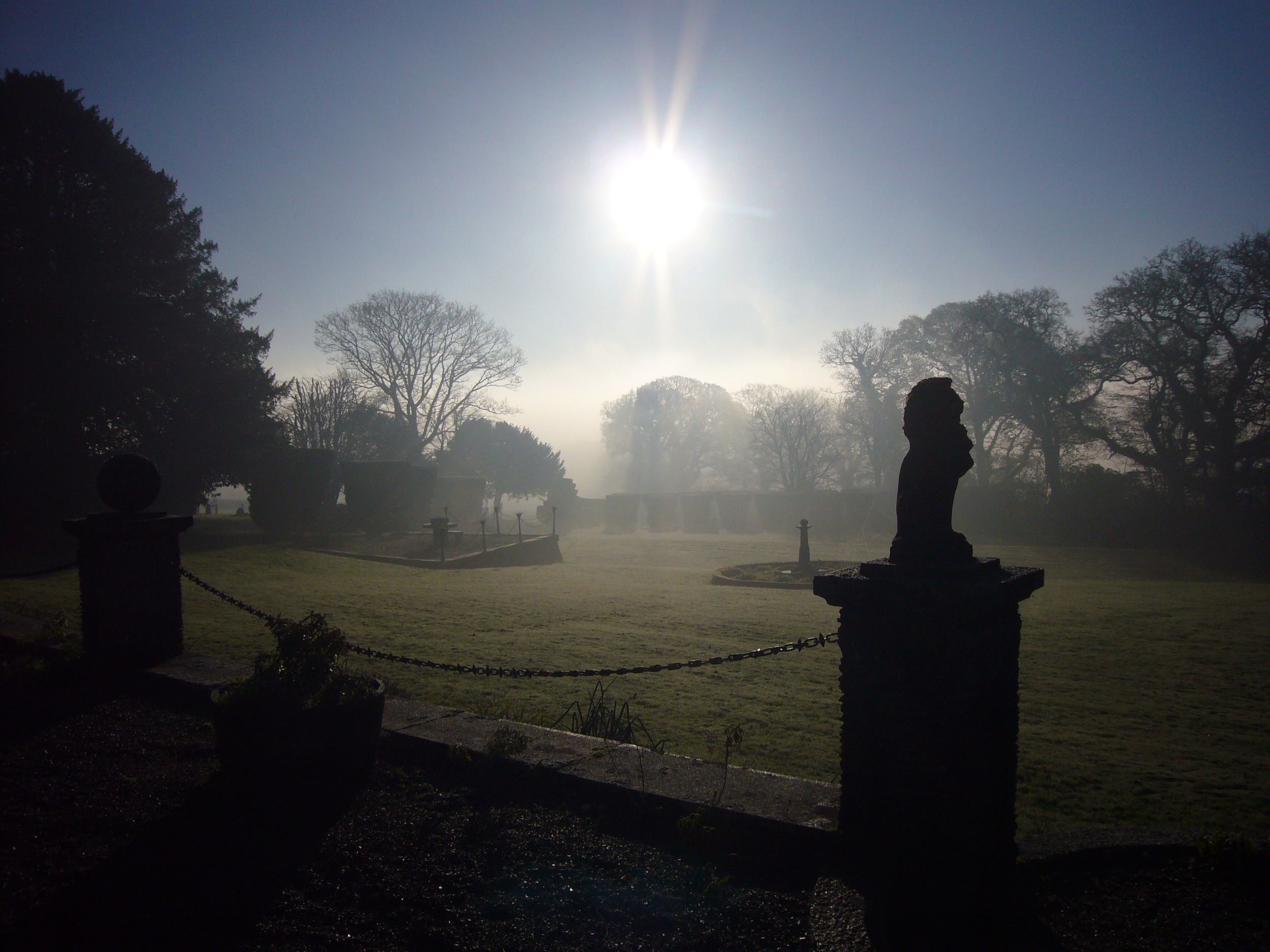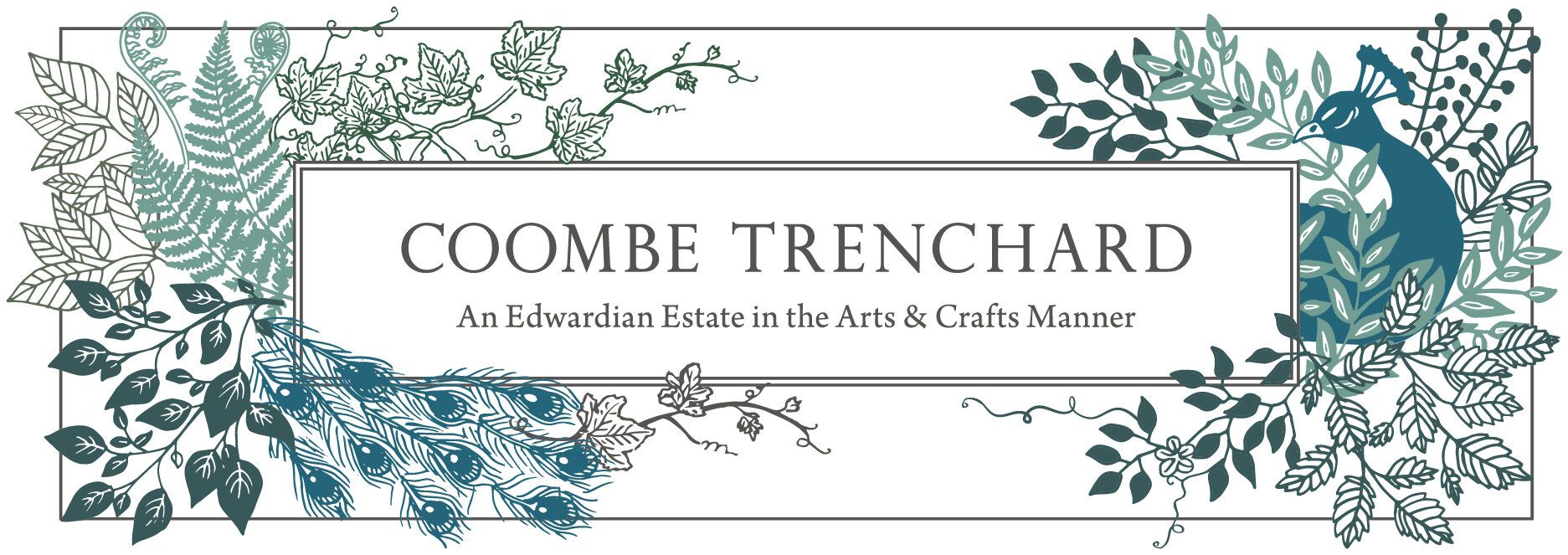It's a sad fact that in our fast paced modern world we have little appreciation for a slower pace of life. Granted we might take a holiday to relax for a week or two, but then life takes over again and we rush about at 100mph trying to balance a dozen important things at a time. Compared to our hectic world the life of a tree is incredibly slow and, dare I say, a bit dull. Trees live their years in cycles; in spring new growth is made and often flowers appear, summer is all about making as much food in their leaves as possible (and about ripening their fruits), and then in autumn the leaves are dropped in preparation for winter dormancy. Each year this cycle continues relentlessly.
In early photographs of the garden here at Coombe Trenchard you can clearly see many of the trees that now survive in the woodland garden. They're much smaller, but are already big enough to be classed as a semi-mature woodland. Come forward around 100 years and these trees are the beautiful mature specimens that give the woodland garden its sense of wild, but what have those trees seen? Let's be conservative here and say that they're now 150 years old; when they were saplings rural Devon was predominantly a county of small communities involved in agriculture. Not much will have happened for the first 40-50 years, but then the trees looked on as the ground was made ready for the building of Coombe Trenchard, and then as the house was built and the Sperling family moved in. For generations the trees have quietly looked on over the happy and sad times in the history of the house and the local area, including over the men of the parish going to war not once but twice. From the early motor cars to the first man on the moon, from Edwardian society to the modern world, these trees have been constant.
It's easy to ignore them when you visit the estate, they easily become a backdrop to events etc., and yet when you take a moment to appreciate how long they've been growing you suddenly realise that the environment around the house contributes to the sense of place often commented on at Coombe Trenchard; the house and garden would feel very different without its trees! During the renovation of the woodland many trees had to come down (due to weakness or disease), but it's now hoped that the remaining trees will continue to be an integral part of the history of Coombe Trenchard for generations to come.






Under the trees grows an impressive range of native wildflowers; these are encouraged to thrive as part of the garden rather than being banished in favour of non-native ornamental species. One of the greatest delights of spring is the carpet of pure white 'Wood Anemones' (Anemone nemorosa) that flowers prolifically each March and April, seemingly oblivious to weather! Wood Anemones are often seen in shades of blue (and if you wanted to buy a blue selection I would recommend Anemone nemorosa 'Buckland', a popular Devon selection), but in this part of Devon you often see white ones growing in hedges. We have no way of knowing if the carpet of white Anemones in the woodland garden arrived naturally or was dug from a hedgerow, but they have happily naturalised and become a delightful highlight of the gardening year. (Please note that it is now a criminal offence to remove wildflowers, no matter how prolific they might be, from hedgerows and other 'wild' places!)
Balancing nature with a cultivated garden can be quite a demanding job, as Coombe Trenchard's gardeners will tell you! Given half a chance nature will take control, and the wildflowers in the woodland garden will get swamped by more aggressive species such as brambles, as well as saplings from the trees. The wildflowers themselves can also become weeds if they travel too far and get into the cultivated borders, so a balance is constantly struck between allowing nature to thrive but also keeping a degree of control! Happily the garden and 'wild wood' thrive side by side and blend seamlessly around the stream the runs through the estate.
To read more from Ben, have a look at Pen & Trowel




